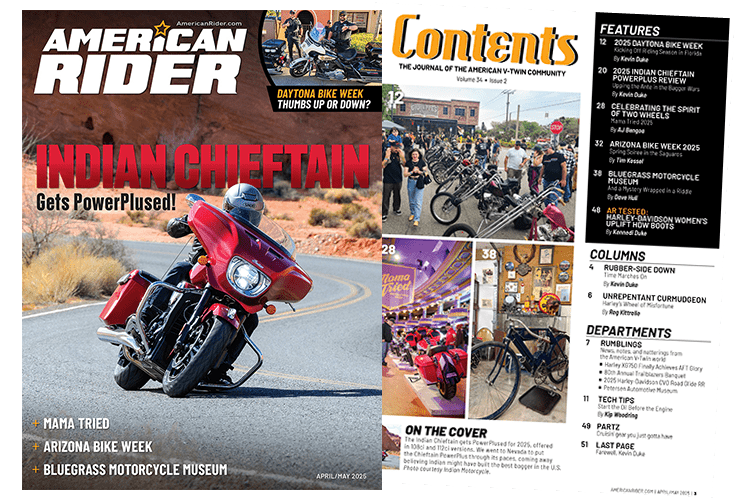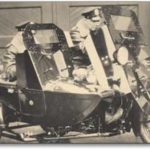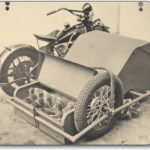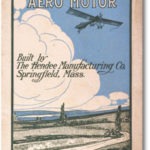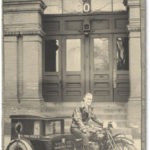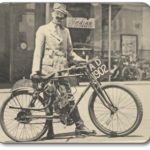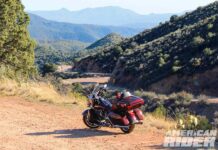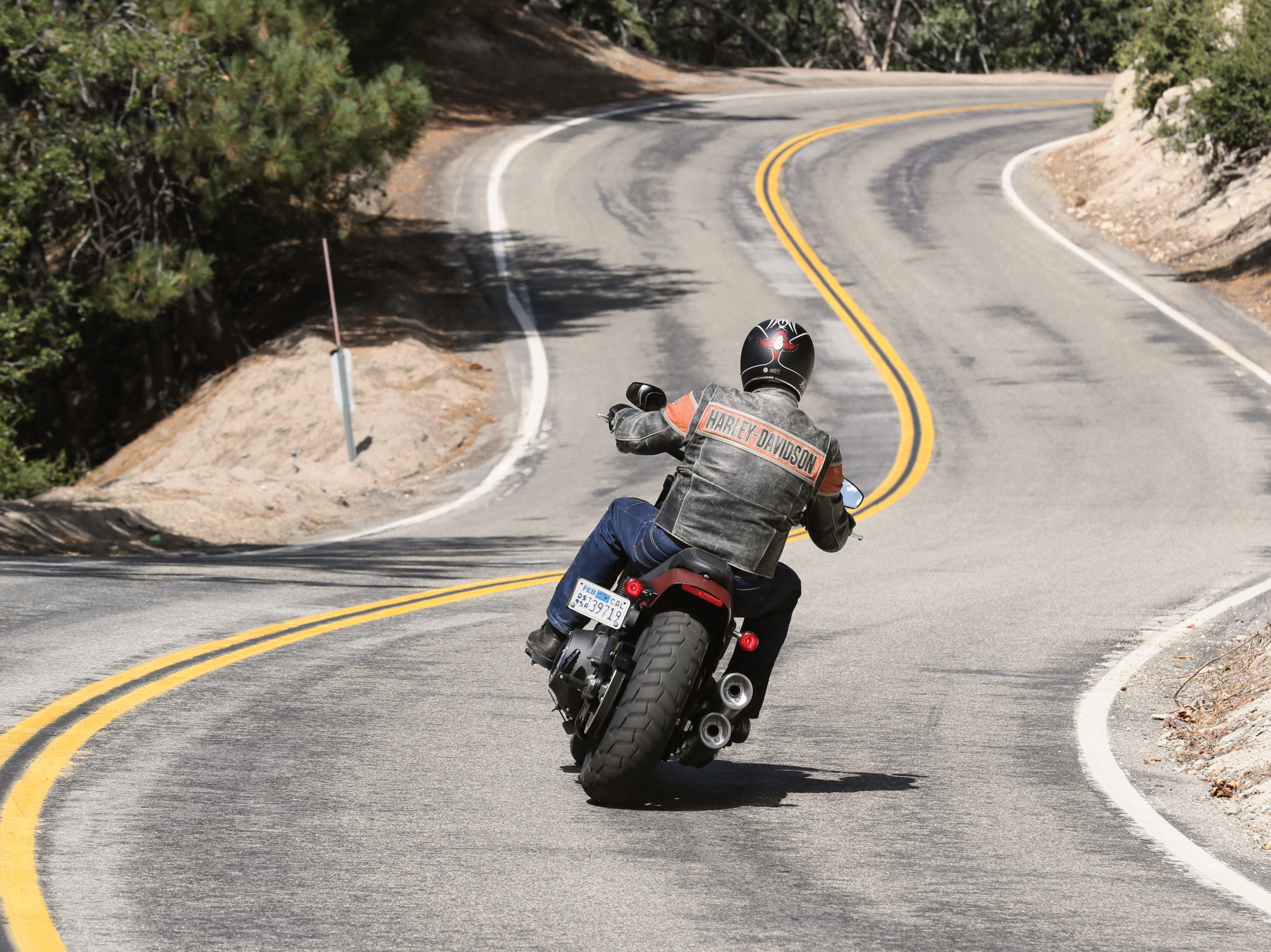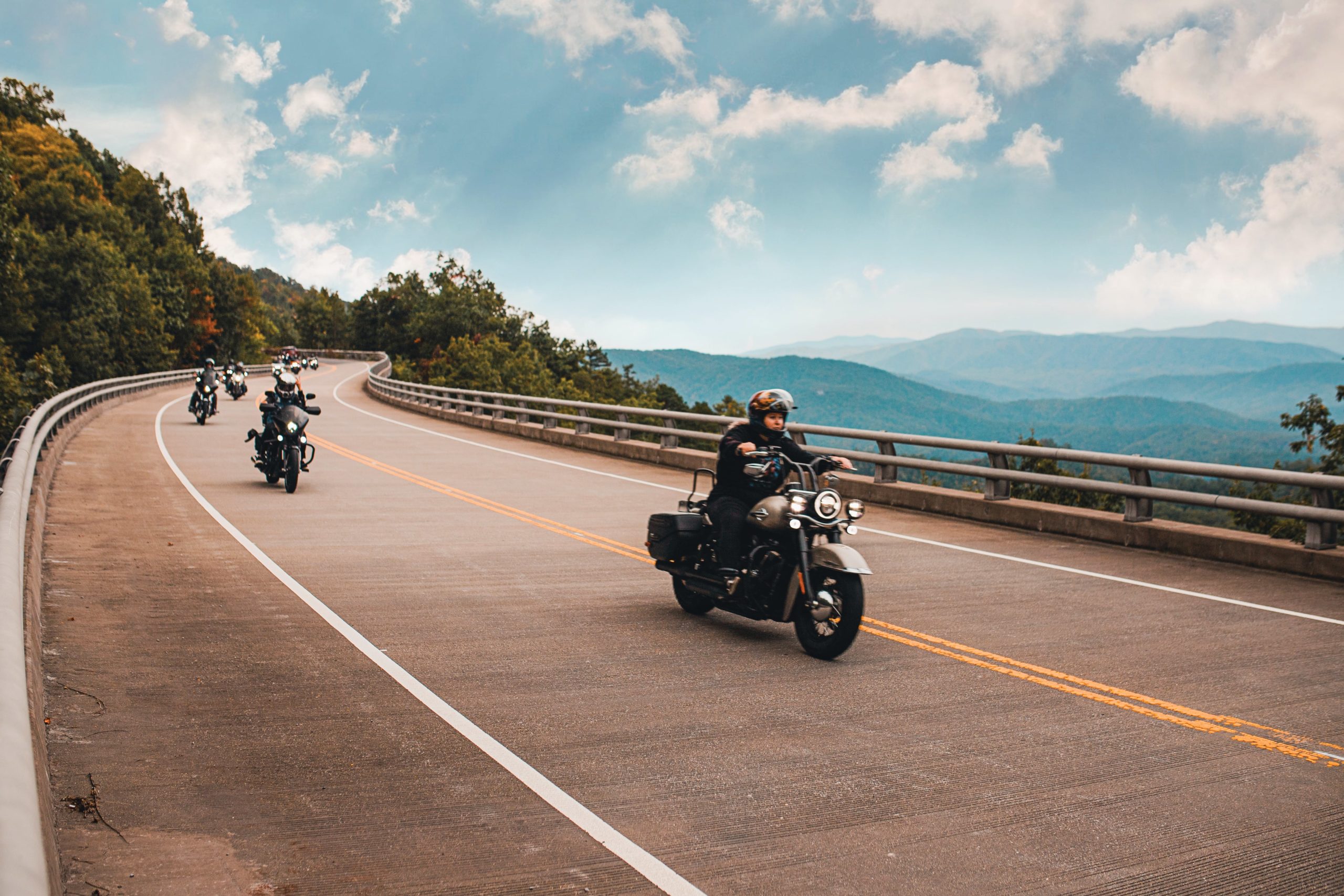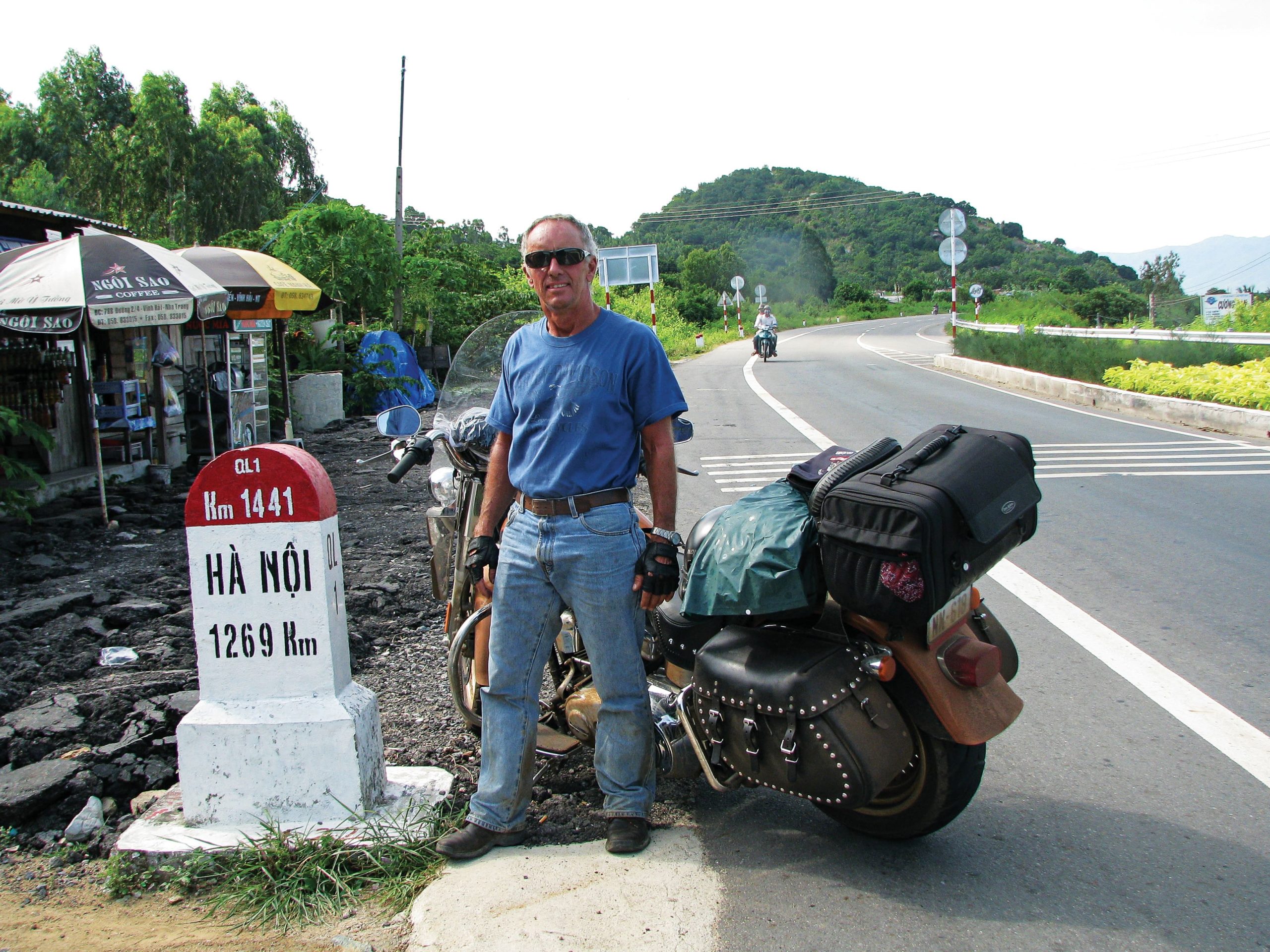Anarchy in the archives
Tracking down Indian mysteries
The aptly named “Street Sweeper” evokes an image of a mean, ground-hugging, custom chopper with an absurdly wide rear tire. Whether it was built as a concept vehicle or a production prototype is unknown, but the black and white photos, now curled with age, showed a 1931 Indian Scout attached to a street-cleaning sidecar device. Although a strange concept by today’s standards, it was definitely an innovative design in the early 1930s. The Indian Street Sweeper was patented (#1,922,338) on August 15, 1933 and these photos prove that at least one was actually constructed.
Yesterday a Nor’easter had dumped a foot of snow on the city streets; today the Polar Express delivered bitterly cold temperatures. I really don’t care since most of my day is being spent in the warm confines of the library sorting through material from the Indian Motocycle Company. This is my second trip to view the progress being made on the exhibits and my first to do a little research in the archives. When Esta Manthos donated the world’s largest collection of Indian motorcycles to the Springfield Museums, the gift also included an extensive library of ephemera. Correspondence and personal photos of founders Oscar Hedström and George Hendee, company sales literature, old photographs, parts manuals and other papers are piled on tables and shelves as library staff valiantly struggles to collate, copy and catalog it all. Some of these documents and photographs have been scanned and reproduced as part of the informative stage backdrops for the motorcycles that will be exhibited, but cataloging is proving to be a Herculean task. Meanwhile, I’ve been turned loose in a candy shop.
Ever since first laying eyes on those little three-wheeled delivery vans and trucks that zip down the narrow cobblestone streets of Italian towns and cities, I’ve wanted to build a version using a Harley frame and big V-twin engine. However, long before these little 90cc and 125cc Piaggio post-war scooters came into being, Indian had invented my desired custom: the Traffic Car (filed July 2, 1930; patent #1,876,155 on Sept. 6, 1932). Initially built around the 45ci Scout, but with a massive steel rear sub-frame (patent #1,933,101; filed Nov. 19, 1930; approved Oct. 31, 1933), it was introduced in 1935 and is now one of the scarcest Indian models of the pre-WWII era. [see “Three For The Road: A Brief Look At Trike History”]
The Indian Motocycle Company produced a number of three-wheeled bikes. Some were arranged as sidecars, but with casket-like chests (delivery vans), Landau carriages (used as taxis in Newark and Baltimore), and even specialty designs. The Indian Fire Patrol carried chemical fire extinguishers, a small tank of water, hose, and a fire axe and it was being used by fire departments as far away as Tokyo, Japan. During the Great Depression, the classic trike design was introduced and became popular as a service vehicle (Dispatch Tow) and for police work (Indian Patrol). The Dispatch Tow was introduced in 1931 utilizing the Model 101 Scout, although the patent for the sub-frame (patent #1,933,102; filed March 18, 1931) wouldn’t be approved until October 31, 1933. In the archives are photos of models that I’ve never seen: one with a full bench seat behind the saddle and another fitted with two luxurious leather bucket seats. My favorite is a photo of a concept trike—an Art-Deco-inspired streamlined, full-fairing delivery vehicle, but whether or not it ever got off the drawing board is unknown.
Sorting through a stack of 8×10 photographs taken by the Indian Motocycle Company for publicity purposes, I discover another production model that I never knew existed. The Springfield Police Department once owned a small fleet of armored motorcycles. I suspect these were made during Prohibition when whiskey running was taken seriously. Both the motorcycle and sidecar were fitted with protective shields made of crucible steel and bulletproof glass. The shields had gun ports and folded down when not being used. I have no idea how much weight these added to these relatively low-powered motorcycles or how it affected handling, but I’m sure Elliot Ness would have appreciated them.
Stacks of photographs document races and hillclimbs during the golden era. Some are identified; most are not. Personal photos, family albums and publicity photos wait to be sorted and cataloged. The snapshot of a 1902 Indian in South Africa grabs my attention, as does the image of Johnny Seymour establishing his 1926 land speed record on Ormond Beach. The archives are a treasure trove and the challenge is to organize all of this material prior to moving it into the new museum. So far only those images and information that pertain to the exhibits have been digitized for use as the graphic backdrops on the various stages. Despite all the special accommodations that the staff has made for me, there’s only a limited amount of time available. Handwritten notes are taking much too long, so the notebook is abandoned. Making photocopies is a vast improvement, but still too slow. I’m now frantically photographing everything that catches my eye, filling one flashcard after another, amassing megabytes of information without trying to make sense of any of it. No lunch break; no trips to the bathroom; no stopping for coffee, just a race against the clock. It’s anarchy in the archives.
I find a complete parts manual for the Model 841 shaft-drive, transverse-cylinder 1943 military model and, of course, I have to photograph the drive train and transmission illustrations. The sales catalog for 1914 provides information about the Hendee Special and then, in the same manila folder, I discover the complete wiring diagrams and a technical review for the first electric starter used on a motorcycle. Lady Luck continues to sit by my side as I uncover information about the X-cars and other products the company was developing and producing just prior to the stock market crash of 1929. The Hendee Manufacturing Company had an aeronautics department, and a considerable amount of information is revealed regarding the Hendee V-8 manufactured in 1910 and the Hendee Rotary 7 produced in 1911. All of a sudden it becomes apparent that Indian was much more than a motorcycle manufacturer and that I’ve become enmeshed in a much larger project than intended.
Is it a coincidence that Indian riders held all American land speed and distance records at a time when Hedström was developing high-performance airplane engines? What caused the recall of the first electric starter on a motorcycle in 1914? I don’t have the answer to the first, but I believe I’ve found the answer to the second. Separately, this information becomes nothing more than a specialized version of Trivial Pursuit, but every detail is like a piece of a giant jigsaw puzzle that’s waiting to be assembled. It’s now obvious that the picture on the outside of the Indian box doesn’t exactly match that of the pieces I’m finding. Some of my questions can’t be answered here and it’s time to examine a few of the motorcycles in the collection.
The new Museum of Springfield History is literally under wraps. Swaddled in white plastic, the building is getting a facelift and the grand entrance hall is under construction. Progress has been made since my last visit, but the staff is already feeling the strain of meeting a deadline that is still months away. Somehow curator Guy McLain manages to make time between meetings to escort me to the collection.
I’m standing in front of the actual bumblebee-yellow 1949 Scout featured in a photo uncovered in the archives and, despite knowing the answer even before it’s formed on my lips, I ask the keeper of the keys if I can take it for a test ride. Fortunately Guy has a sense of humor. I don’t get to ride it, and of course sitting on exhibits is permissible only in children’s museums. In stocking feet and wearing special white cotton gloves I’m free to walk on the staging and examine what I wish, although time is very limited today. I always wanted to know how the early twist grip operated. Now I know. I’m interested in the differences between the 1930 and 1931 model Silver Arrows and want a closer look at the Model 841 shaft drive and the Eliason Moto-toboggan. Responding to my discoveries in the archives I take detailed close-up photos of the Hendee V-8 airplane engine, and then pack my cameras and gear.
I head north, burdened with answers to questions that were not asked and even more questions about answers that were found. However, every story has a beginning and I suppose that I should start with, “George Hendee was of Native American ancestry and proud of his heritage.” The rest I’ll fill in as I go.
[Photos are by the author and courtesy of the Esta Manthos Indian Motocycle Collection, Museum of Springfield History, Springfield, Massachusetts]
Editor’s Note: Despite his flippant attitude, the author is a professional researcher with thousands of hours of experience with museum artifact restoration and handling archival records.

